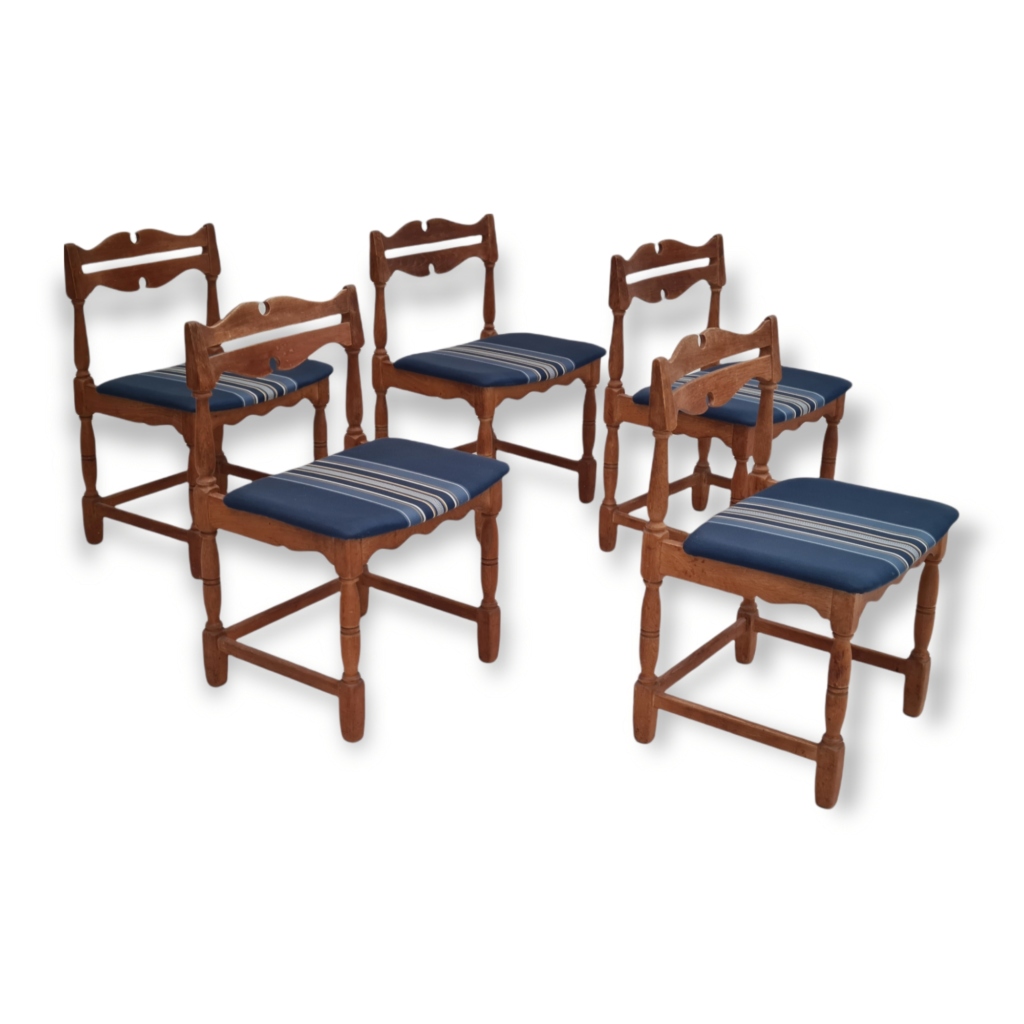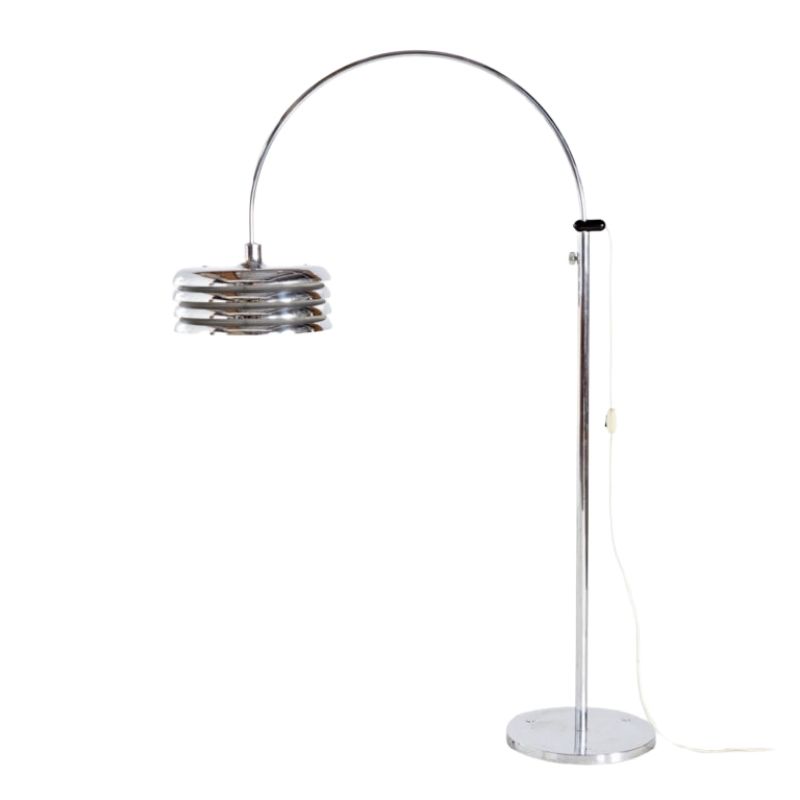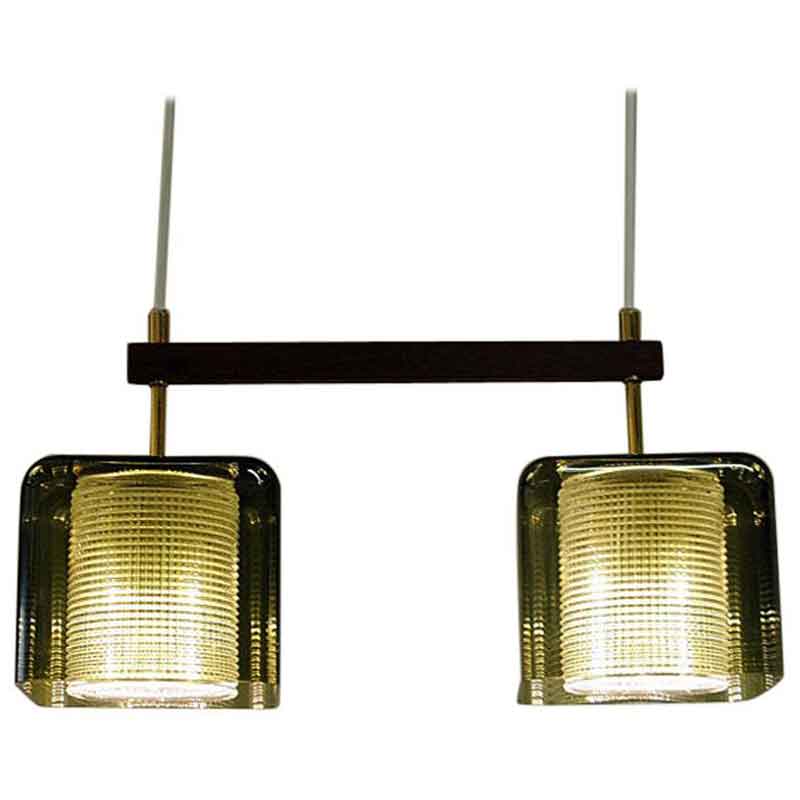I have a Michael Lax Copco enameled cooking pan, it's the one shown in the index. In fact I have two and I love them dearly. One got dropped this summer and it cracked neatly along the casting line from base to edge. I've been looking on ebay for a replacement, but hubby wondered if we could repair it with his arc welder. I know I'd have a line with no enamel, but I could live with that, would it be worth doing? Or would food work its way under the edge of the enamel and ruin it?
Thanks!
I am so sorry...
It is such a wonderful cooking tool and Michael was such a wonderful person...I hate to do this, but in spite of Stephan's excellent welding skills he would ruin a substantial amount of enamel. The temperature of the welding is about 700 degrees higher than the melting temperature of the enamel...on top of that he would have to heat the total piece in order not to crack the enamel all over. If the crack really leaks and makes the piece useless I would try something rather different. I would get as much flux as possible in and on to the crack and then solder it with brass. The brass will hold no matter how high you cook...and it melts below the temperature where you can damage the enamel. Although the flux is quite acid I would first clean it with a reasonable amount of vinegar...do not reach for the balsamic one. It should work
Might JB Weld do the trick?
Its sort of the metal patching equivalent of bailing wire among gear heads. I'm not positive it could stand the heat of cooking, but its darned strong. I've used it to patch radiators in cars and I've heard people use it for all kinds of metal patching. Maybe you could even find some heat resistant enamel to surface it with. I'm also not sure about whether the chemical properties of JB Weld would be safe to cook with; that would require some careful research to determine. Just a possibility to consider. I've never used it the way you require.
Hi guys
Koen, I thought maybe you might know Mr. Lax since he was designing at Rosti about the time you were there, no? I was thinking about that as I wrote the post. I guess, I'll give the thing up for lost and buy a replacement. Having only one is seeming like a missing hand, we use them so often. Nothing works better for oven-roasted fish!
SDR, I don't know the particulars, but Stefan (hubby) uses MAPP gas welding along with the arc welder. That and JBWeld pretty much hold his Jeep Wrangler together.
You're right DCW, JBW is awesome stuff, it gets heavy use around our house. It was the ONLY thing that we used that has held our Morso woodstove to the floor pad. It had a tendency to wander about on it's spindly little legs until Stef anchored it down with little built-up cuffs of JBW. That was actually pure genius on his part as the the color of the JBW is almost identical to the floor tiles.
So thanks Koen, I'll give my pan a funeral into Stefan's scrap pile maybe someday to be reborn into one of his junk art constructions. So sad...I've had them for years...
Hi Olive
I know that I have no advise to give to Stefan on welding but just in case: keep it low on the oxygen and heat the surrounding area as you go along....again. Good luck!
Michael Lax did not work for Rosti, but we both did work for Copco, he of course much more than I did. We had a common friend in Copco's president and met for years on the housewares show circuit...He was one of these exceptional people that one never forgets.
Thanks, Koen
But remember, he's using and arc welder, which is electrical, so the heat is very precise. Stefan thinks that brass just might work as it should flow well. We have some 10% acetic acid that should clean things us nicely. Any thoughts on coating the weld line? If the brass works, then I'l like to try sealing it.
Hi Olive...
Imagine in one thread I am asked if I am a lawyer...in the other I try to explane a fair way of being paid and in this one...well, I seem to enjoy it!
Honestly I would not even try it with arc welding, what you need is a simple blow torch (is that what it is called?) Something your plumber uses to solder the water pipes but instead of using ten, you use brass...remember the way we used to build bikes before carbon fibers came along? As for the filling of the weld...how large is the gap right now, I somehow got the impression that it was cracked, but is it realy that far apart that you will have to cover it.
More info
The crack goes straight through the side. I can see through it and it runs as a hairline fracture from the edge down to the thicker non-enameled base. Stefan wants to know if you can tell him the temperature that we can go to before he begins destroying the enamel. His thought is to preheat the entire pan but avoiding the the "breakdown point" of the ceramic. By knowing this temperature, if a flame needs to be used to maintain the heat, the torch can be adjusted to avoid damaging the ceramic. He understands that then the brass will flow through the crack till everthing cools to the point where it solidifies. However, we'll know we have a seal and we'll simply cool the pan at room temp. Does this sound sensible?
orry Olive for taking...
so much time to answer but monday night is "choir" night. We are doing Mozart's Requiem in april and a can't miss the weekly training....
Back to cast iron...dcwilson mentioned it in another thread but one of the reasons why cast iron quality became so bad so quickly is a phenomena that has happened in other technologies to. In the early days of producing in South-east asia thwe most active people were not manufacturers but importers distributors. The result was that they could not provide the manufacturers with technical assistance, and accepted inferior quality simply because they could not do anything about it and the chinese did not know better. Visiting these cast iron places was like entering Dante's inferno. The early reaction of the European and north American manufacturers was that the consumer would soon show their disliking of the low quality. Unfortunately the consumer did appreciate the low pricing and could not care less about the quality (a kind of knowledge that is not part of any basic education, much like parenting and other important things in life...) More recently manufacturers have moved to South-east Asia not only with their production but also with their know-how. Generally quality is getting better.
..and than I forgot to answer you...
If my failing memory serves me well,(it's more than two decades ago that I visited Morso's Jernstuberi)the temperature at which the glaze is fired is between 850 and 900 degrees C. Which means that you can damage the glaze at about 600 degrees C. But ther is no need for going that high. The flux (mostly Borax)does two things, in melting it creates a shield against oxidation and it creates an eutectic reaction. So the melting point of the brass is well below the normal (875 C depending on the alloy). You will see that the brass has the tendency to fill the small gap and stay there because of the high surface tention of molten brass. It will not stick to the enamel and so it is quite easy to remove the excess.
If you need any help, please contact us at – info@designaddict.com









